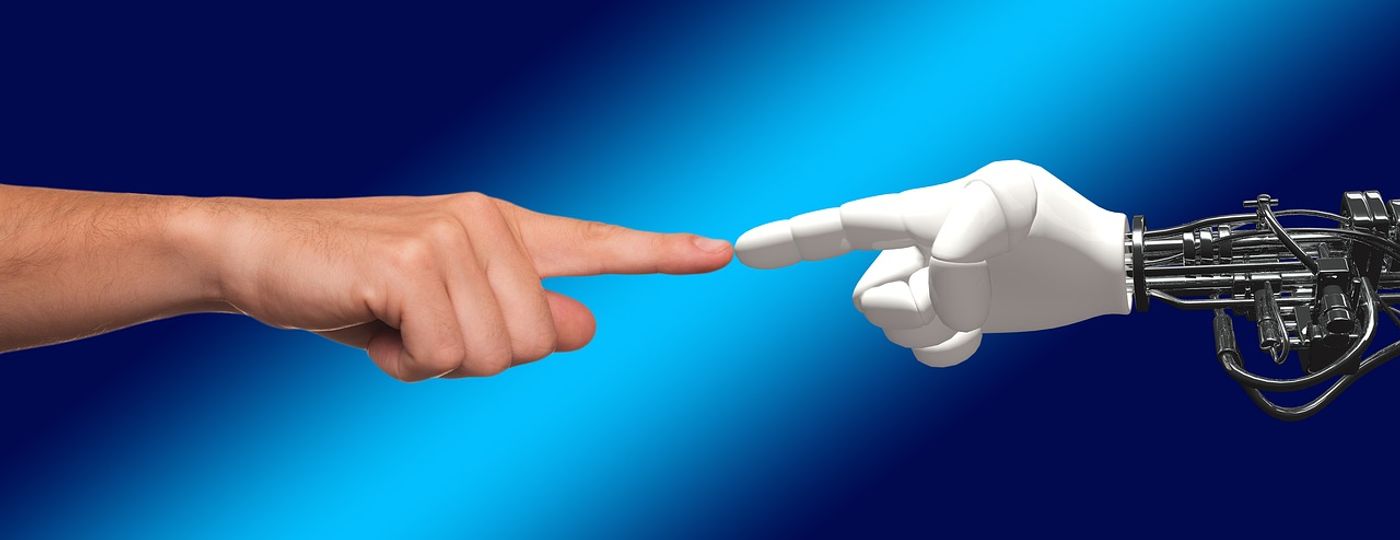Four-Legged Robots Allowed to Run in The Wild Thanks to New Algorithms
In a recent study that will be presented at the 2022 International Conference on Intelligent Robots and Systems (IROS) in Kyoto, Japan, an international team of researchers led by UC San Diego have written a novel set of algorithms that allows four-legged robots to traverse challenging terrain, to include benches, shrubs, trees, poles, boulders, and people, while averting both stationary and moving obstacles. This study has the potential to open the doors for robots to perform search and rescue missions along with gathering information in locations that are deemed too hazardous for humans.
The new system combines the robot’s sense of sight with a sensing method called proprioception, which involves the robot’s sense of touch, speed, direction, movement, and location, and essentially the feel of the ground underneath the robot’s feet.
"In one case, it's like training a blind robot to walk by just touching and feeling the ground. And in the other, the robot plans its leg movements based on sight alone. It is not learning two things at the same time," said Dr. Xiaolong Wang, a professor of electrical and computer engineering at UC San Diego, and a co-author on the study. "In our work, we combine proprioception with computer vision to enable a legged robot to move around efficiently and smoothly -- while avoiding obstacles -- in a variety of challenging environments, not just well-defined ones."
Dr. Wang says the next step in this research is to allow the robots to conquer even more treacherous terrain.
"Right now, we can train a robot to do simple motions like walking, running and avoiding obstacles,” explains Dr. Wang. “Our next goals are to enable a robot to walk up and down stairs, walk on stones, change directions and jump over obstacles."
Sources: 2022 International Conference on Intelligent Robots and Systems (IROS)
As always, keep doing science & keep looking up!









